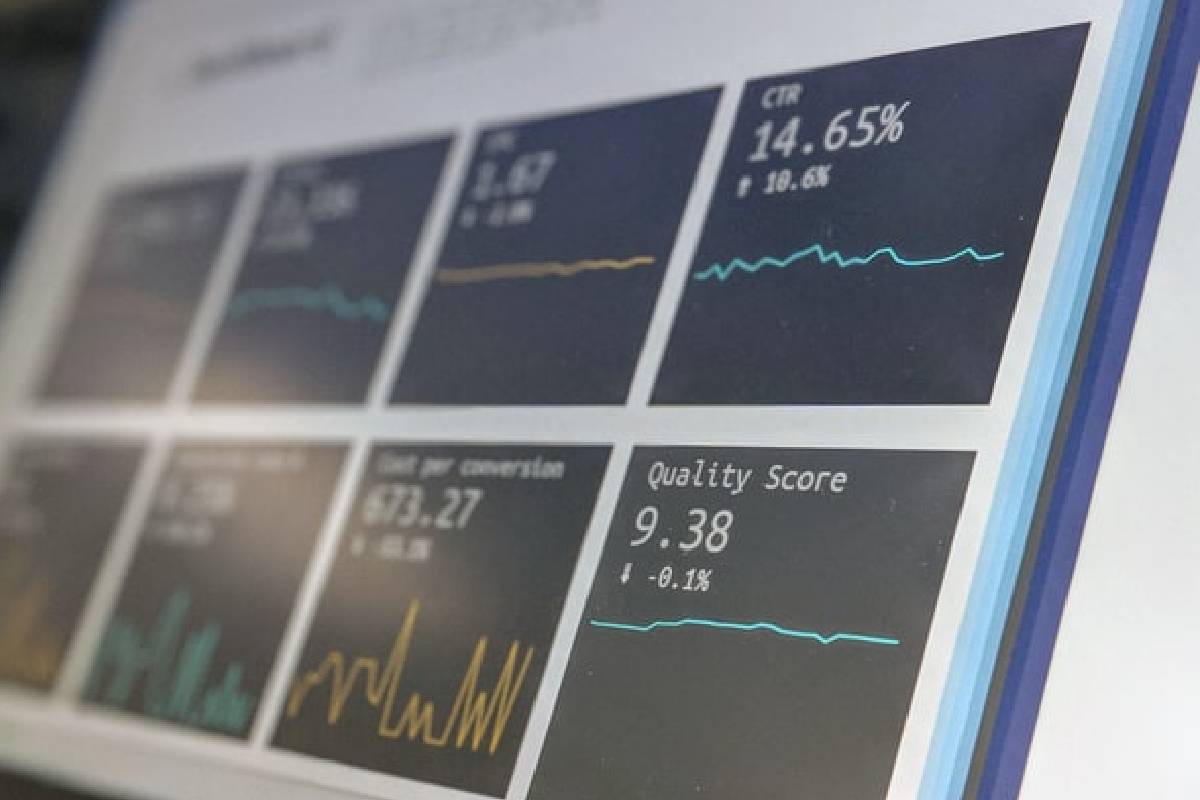Data preparation is a vital but often overlooked step in data science. In this article, we’ll share some tips and tricks for efficient data preparation to get the most out of your data. Keep reading to learn more.
What is data preparation?
Data preparation is a process of transforming and cleaning data so that it can be used for analysis or modeling. The data needs to be cleaned and transformed so that it is in a format that can be used for analysis. This may involve removing noise or duplicates or transforming the data into a specific format. The data preparation process can be complex and time-consuming, but it is necessary to ensure that the data is ready for analysis. Data preparation aims to prepare the data for the task, whether performing simple calculations, building a model, or creating a visualization.
By understanding the task, the data, and the algorithms that will be used, the goal of data preparation can be accomplished.
What is data science?

Data science is the process of using data to make decisions. This can include everything from collecting and cleaning data to analyzing it to drawing conclusions and making predictions. Data science is used in various industries, from healthcare to finance to retail. It can decide anything from what products to stock in a store to how to treat a patient’s illness. Data science is also used in research. Scientists use data to study everything from the human genome to the climate. One of the critical aspects of data science course is its ability to make predictions. This includes predicting how much traffic a road will see on a given day or what the weather will be like tomorrow.
Data science is also a complex field with its own set of specialized tools and techniques. To make effective use of data, you need to be able to not only gather and analyze data but also understand the underlying principles that drive it. This is where data science comes in. By understanding data science principles, you can effectively use data to make decisions that will improve your business or product. So what are these principles? And how can you apply them in your work? Here are four of the most important ones: data must be clean and organized, data must be analyzed in context, data must be interpreted correctly, and lastly, data must be used for decision making.
How do you prepare data for data science?
There are many techniques for preparing data, and no one approach will work for every dataset. However, some general tips can help you get started. First, start by identifying the type of data you are working with. This will help you determine which transformations are necessary. For example, if you have text data, you may need to remove words or convert them to lowercase letters. Second, remove any irrelevant data from your dataset. This includes anything that does not pertain to your analysis question or does not add value to your results. For example, if you are studying retail sales, you may want to exclude rows with null values in the amount column.
Third, clean up any dirty data points. This means fixing errors or inconsistencies in the dataset and standardizing the values so they all fall within a specific range (e.g., between 0 and 100). Fourth, transform the data into the correct format for your analysis tool or model. For example, input variables may need to be converted into numbers rather than text strings if you use a machine learning algorithm. Once you have prepared your dataset using these steps, it should be ready for further analysis or modeling.


